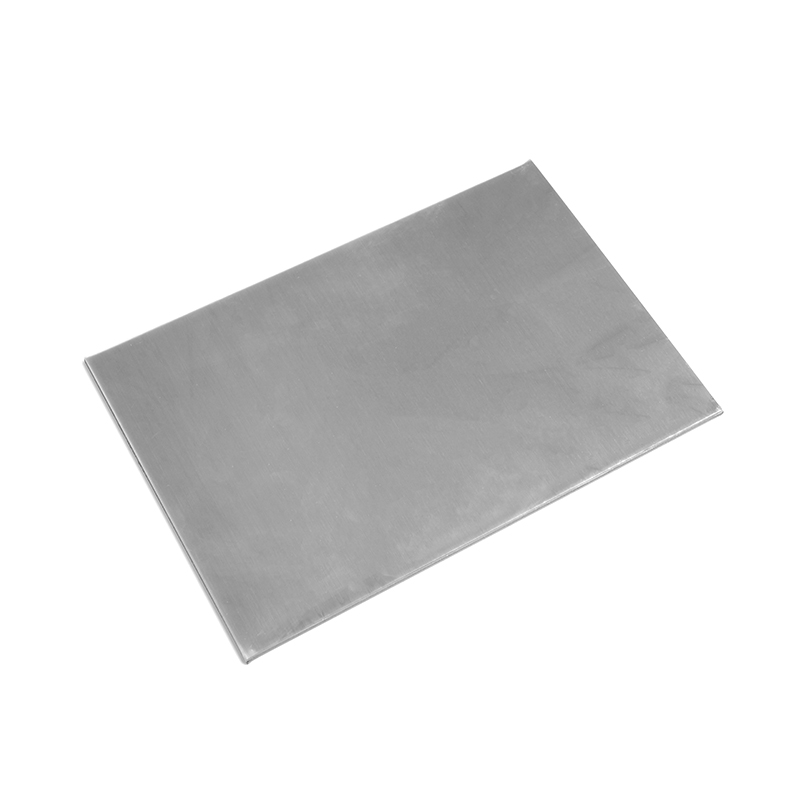Stainless steel composite panels, also often referred to as stainless steel sandwich panels or stainless steel composite material panels, are advanced construction materials made by bonding thin sheets of stainless steel to other materials, such as an aluminum honeycomb or a polyethylene core. This material perfectly combines the superior properties of stainless steel with the lightweight and high-strength characteristics of composite materials, demonstrating immense application value in architecture, transportation, decoration, and other fields.
Stainless steel composite panels inherit the excellent corrosion resistance of stainless steel itself. The chromium elements on the surface of stainless steel react with oxygen to form a dense, invisible passivation film. This protective layer effectively resists erosion from various media, including the atmosphere, acids, alkalis, and salts. This makes the panels perform exceptionally well in humid, rainy, or salty coastal areas, as well as environments with chemical corrosive substances, allowing them to maintain their aesthetics and structural integrity for a long time. At the same time, their excellent weatherability ensures that the panels will not discolor, age, or crack due to factors like UV radiation or temperature changes during long-term outdoor use.
Stainless steel composite panels achieve a lightweight design while maintaining high strength. Compared to pure stainless steel panels of the same thickness, the core material of the composite panel (such as an aluminum honeycomb core) significantly reduces the overall weight. For example, when using an aluminum honeycomb core, its structure provides extremely high compressive and shear resistance, making the entire panel only a fraction of the weight of a pure stainless steel panel while ensuring rigidity. This high strength-to-weight ratio advantage not only facilitates transportation and installation but also significantly reduces the dead load on the building structure, thereby lowering the cost of the foundation and main structure.
The production process of stainless steel composite panels ensures their excellent surface flatness. Due to continuous composite technology, the panel surface is less prone to waviness or unevenness, which is crucial for building facades and decorative applications that require a high-end visual effect. Furthermore, although stainless steel itself has high hardness, the overall structure of the composite panel makes it easy to cut, bend, and groove, providing designers with greater creative freedom. Its excellent machinability makes it possible to create complex shapes and uniquely-formed panels, greatly expanding its range of applications.

As a modern construction material, stainless steel composite panels have good environmental properties. Stainless steel itself is a 100% recyclable material, and its composite cores (such as aluminum honeycomb) also have a high recycling rate. This means that old stainless steel composite panels can be reused, reducing resource waste and aligning with the principles of sustainable development. In addition, they do not produce substances harmful to the human body during production and use, making them a green and healthy building material.
The surface of stainless steel composite panels can undergo a variety of treatments to meet different aesthetic needs. Common surface finishes include:
Brushed: Creates a delicate, linear texture with a strong tactile feel, often used in interior decoration.
Mirror: As shiny as a mirror, with a strong reflective effect that creates a sense of luxury.
Titanium-plated: Through processes like electroplating, the surface can exhibit various colors such as gold and rose gold, which are highly decorative.
Sandblasted: Forms a matte, frosted effect with a unique texture, which can reduce light reflection.
These diverse surface treatments give the panels unique aesthetic value, allowing them to be perfectly integrated into various modern or classic design styles and adding a distinctive charm to buildings and spaces.
In conclusion, stainless steel composite panels, as an efficient, beautiful, and durable new building material, play an increasingly important role in modern architecture, transportation, and industrial fields thanks to their series of outstanding advantages, including corrosion resistance, lightweight design, high strength, machinability, and eco-friendliness. Their emergence not only provides more possibilities for architectural design but also offers an ideal solution for projects that pursue high quality and sustainability.